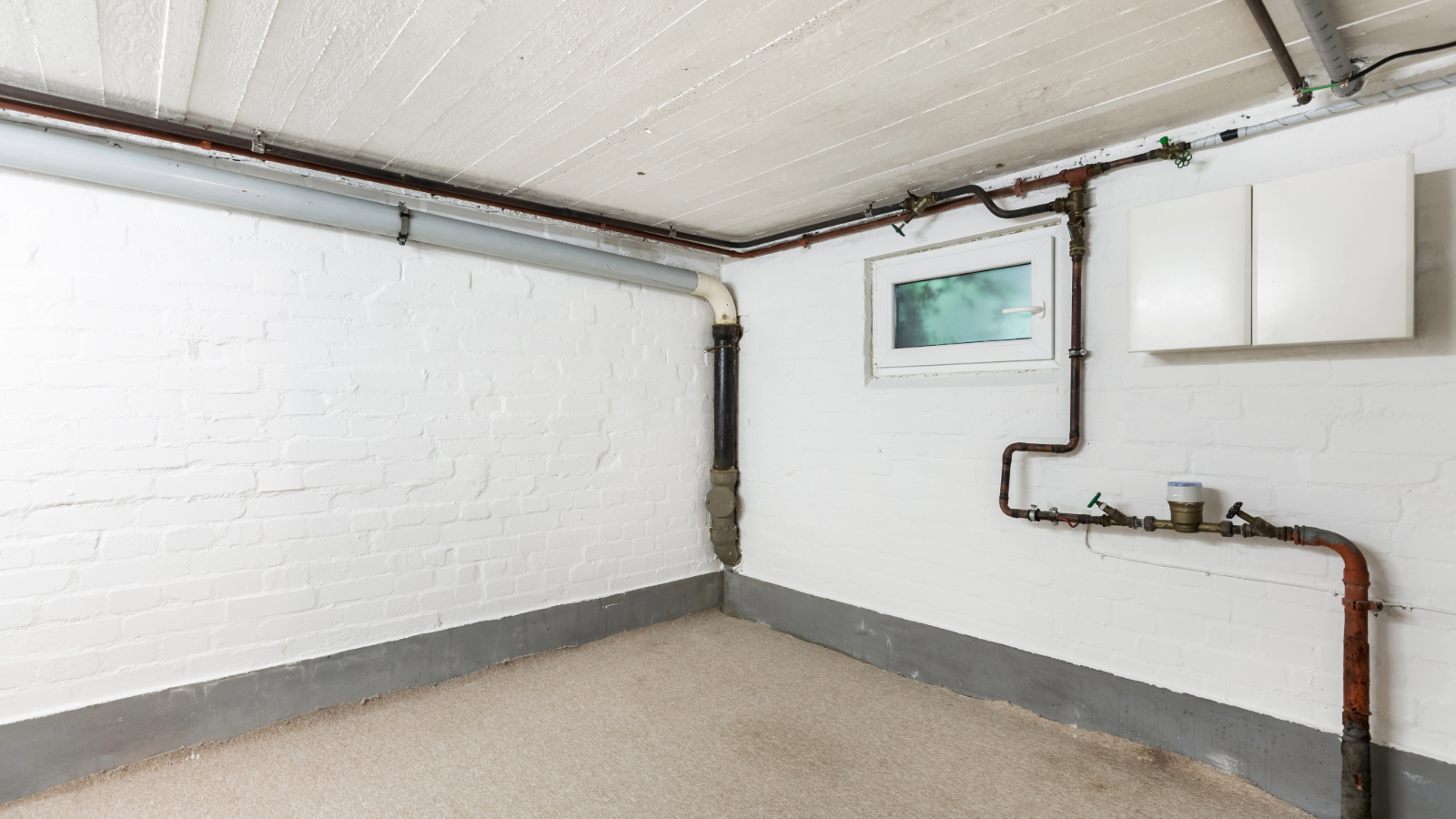What is a foul water drainage system?
Find out what is foul water drainage and how it differs from surface water drainage in our handy Q&A

When it comes to drainage systems for your self-build project, two of the most common terms you will hear are foul water drainage and surface water drainage.
While both involve removing water from in and around your property, knowing the difference between the two is important – least of all to ensure you don't cause environmental pollution or end up with unwanted sewage entering your home.
In this guide, we look at what foul water drainage is and provide advice on how and when it features in your build plans.
Differences between foul water and surface water
When it comes to knowing the difference between what is foul water drainage and what is surface water drainage, we need to firstly look at the difference in each type of water.
"Surface water is basically the water that collects from rainwater falling onto properties," says approved Checkatrade member and founder of BK Plumbing, Brett Knowles. "The surface water drainage installed will allow this to drain away, where in most cases, it eventually go to rivers, brooks and streams."
"Foul water on the other hand is the dirty water from all the appliances and sanitaryware in your property," explains Brett. "It's the water that is created from flushing toilets, using sinks, washing machines and dishwashers and so on."
And even though some of the pipework elements in each system can be similar, the drainage systems work in different ways.
Bring your dream home to life with expert advice, how to guides and design inspiration. Sign up for our newsletter and get two free tickets to a Homebuilding & Renovating Show near you.
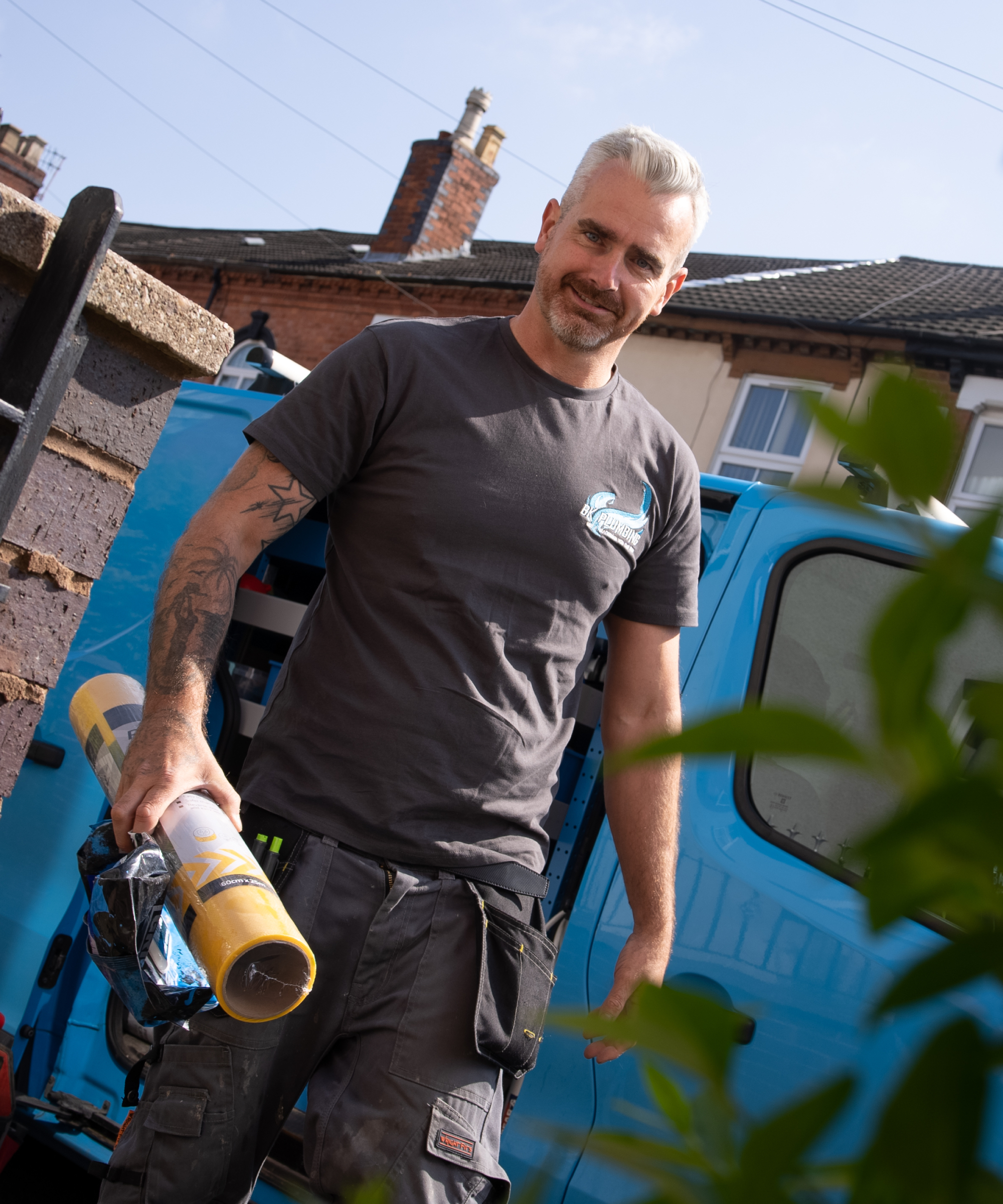
Brett Knowles has over 17 years experience in the plumbing trade and is an approved member of Checkatrade, meaning he has passed twelve rigorous checks and upholds Checkatrade’s six quality standard to ensure that customers can trust the trades to be who they say they are
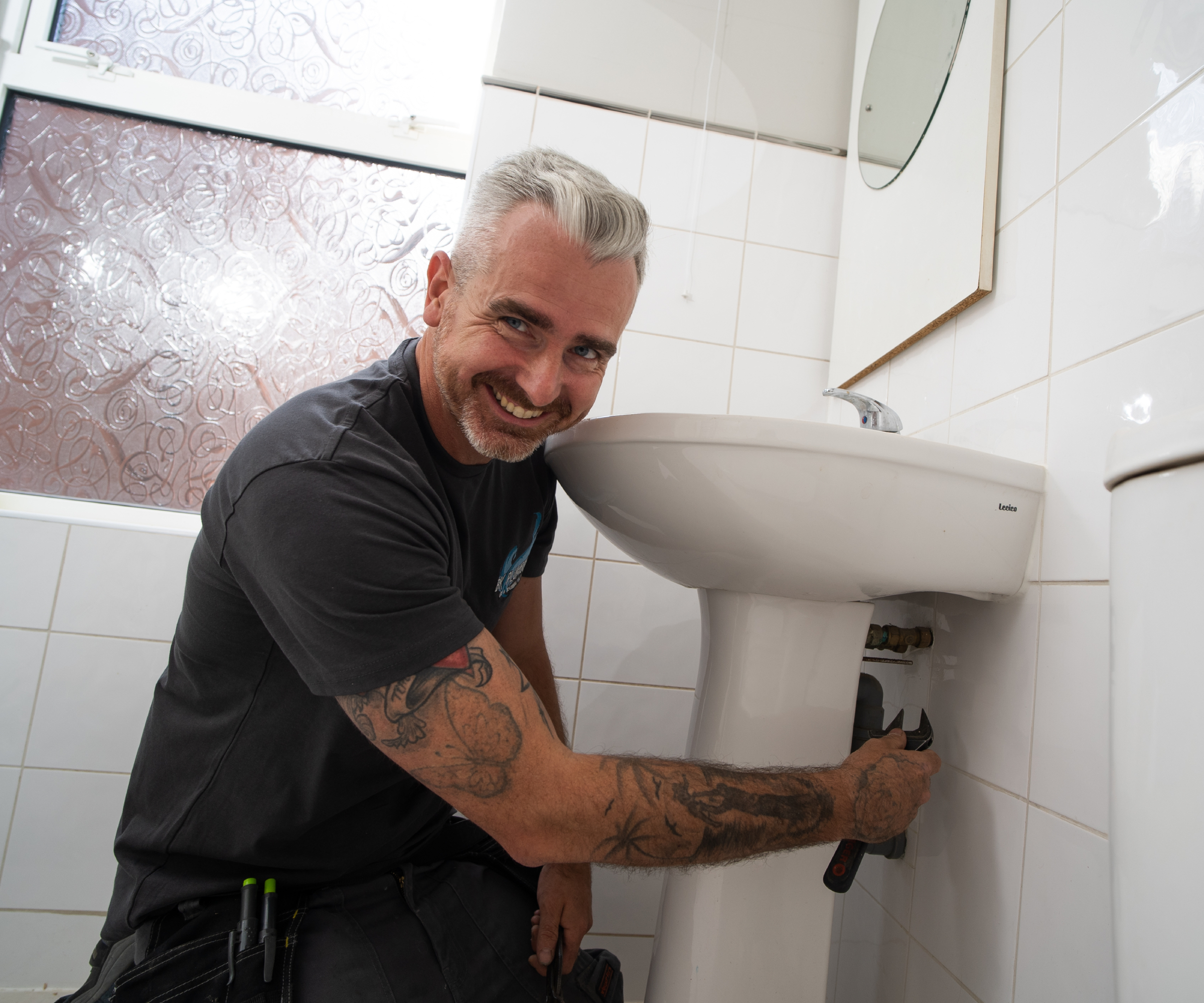
What is a foul water drainage system?
A foul water drainage system consists of the plastic or clay pipework that runs underneath and through your property and connects to the outlets where waste water is directly discharged - toilets, appliances, sinks etc.
As the water is 'foul' or dirty, it cannot enter directly into the ground or public sewers in the way that surface water can. Therefore, the internal pipes will firstly feed into soil stacks, which in turn connect to underground pipes. These then connect to an existing public foul water drainage system where the contents discharge into treatment works that are managed by your local water authority.
However, if there is no accessible public connection to your property - for example if you are building in a rural area, you may need to consider alternative solutions such as a septic tank. This allows the waste to break down in situ and while the liquid will discharge into drainage fields, a specialist company will need to come in and pump out the remaining waste on a regular basis.
For a more detailed description of how foul water mains drainage is connected, self-build expert, Mark Stevenson provides comprehensive advice in installing mains drainage, but in essence while some of the pipes may look the same, the water and where it empties to makes them very different systems.
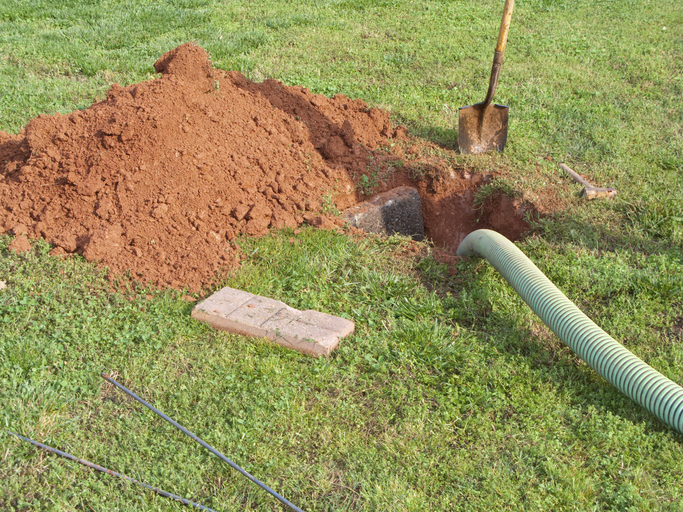
How is it different to surface water drainage?
"Surface water should not be combined with foul drainage and therefore is a separate and independent drainage system," explains Mark.
"One of the major differences between surface and foul drainage is that surface water can be disposed of on site in soakaways, whereas foul water in general cannot.
"An alternative to connecting your surface water drainage to a soakaway or directly to the public sewers would also be to use a surface water collection system, also known as SuDs, that reuses the surface water for flushing toilets and the like."
That said, in some cases, you can also consider an eco-friendly full waste water system with reed beds. This treats the waste water naturally that comes from the foul water drainage, making it clean enough to then discharge into an existing water course, soakaway or land drain.

Mark Stevenson has worked as a construction professional for almost 30 years and following an extensive career in housebuilding became managing director of Potton. He has a wealth of knowledge in all things related to self-build and extension. He is a regular speaker at the Homebuilding & Renovating Show and regularly writes for both the magazine and website.
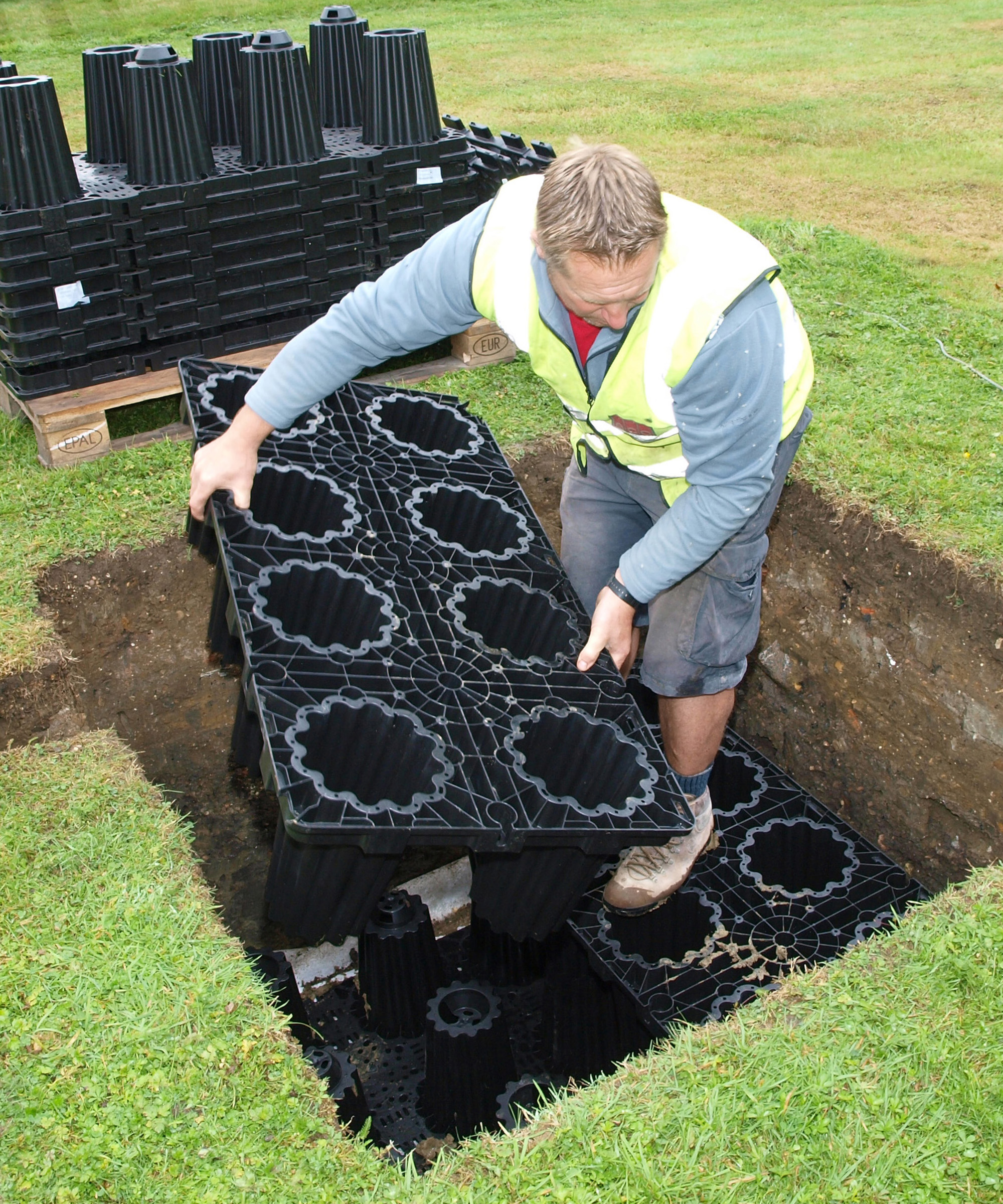
When is foul water drainage installed?
"A foul water drainage system in a new property is installed at the start, along with all the ground work," says Brett Knowles.
"When it comes to surface water, as the drainage system is separate and doesn’t enter the building, it is not necessary for its installation to take place during substructure construction," adds Mark.
"However, it’s almost impossible to prevent damage to the foul drainage system when excavating trenches at a later date for surface water drainage, and therefore installation is usually completed at the same time."
One thing that applies to both however is Approved Document H which lays out the building regulations requirements for drainage.

Changing foul drainage systems
If you're buying an existing property for renovation, experts recommend investing in a drainage survey.
While a drainage plan will need to be drawn up for a new-build meaning there's ample opportunity for drawings and visual on-site inspection by building regulations officers, as significant amount of the foul water drainage system is built within the sub-structure, it's impossible to tell what you are buying if the house is already built.
The same applies if you know you are planning on buying and extending. Establishing the location of the current foul water drainage could affect where you extend on the site.
"If you are building an extension that will include a kitchen or bathroom, or converting a loft for example and you are able to connect to the existing soil vent pipe that you can use this," explains Brett.
"However, if this is not accessible for reasons such as it being too far away, then a new soil pipe and new drainage system would need to be installed. Or, as an alternative, a macerator toilet could be installed if there isn't the option for a new soil pipe."
Although experts will design your drainage system and provide comprehensive advice on meeting regulations, there are a number of areas you need to be aware of when it comes to drainage.
While we've covered approved document H, ifyou've established your foul water drainage can't connect to the public system, make sure you are up to date on whether you need planning permission for a septic tank.
Plans for surface water drainage are also set to change, so be sure to read our article on surface water drainage regulations in the UK and find out what's set to change with the fact that SuDS are to become mandatory in homes to help deal with rising flood issues.

Sarah is Homebuilding & Renovating’s Assistant Editor and joined the team in 2024. An established homes and interiors writer, Sarah has renovated and extended a number of properties, including a listing building and renovation project that featured on Grand Designs. Although she said she would never buy a listed property again, she has recently purchased a Grade II listed apartment. As it had already been professionally renovated, she has instead set her sights on tackling some changes to improve the building’s energy efficiency, as well as adding some personal touches to the interior.
